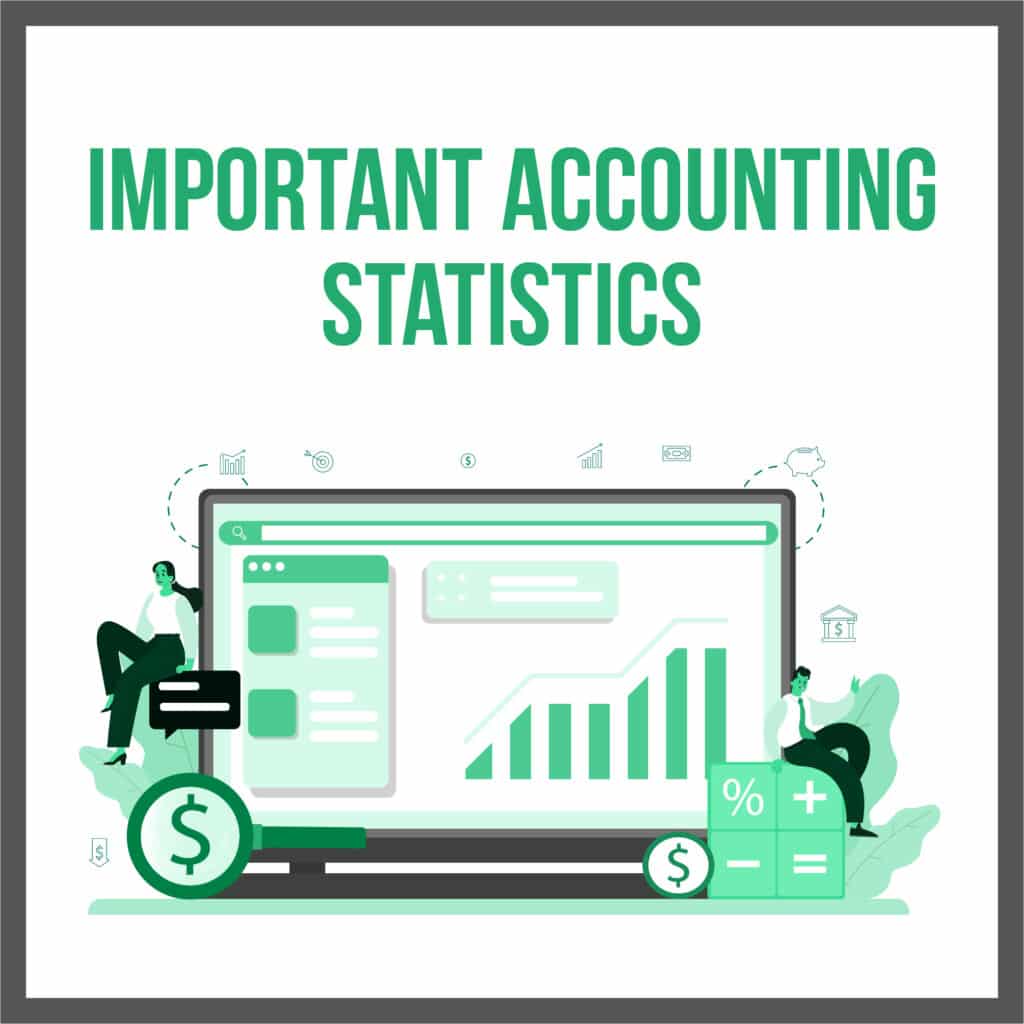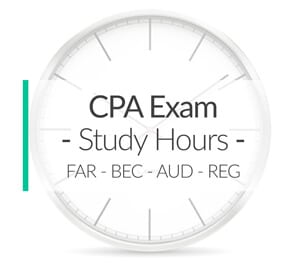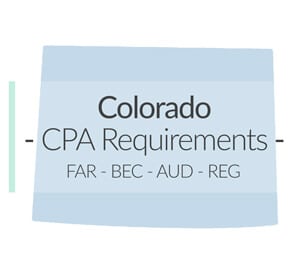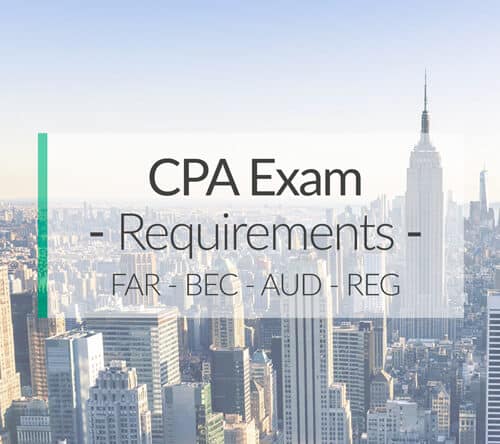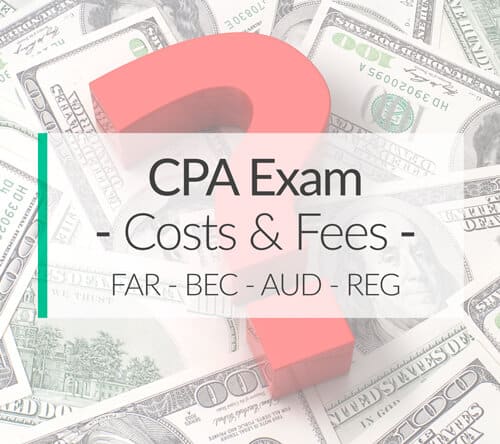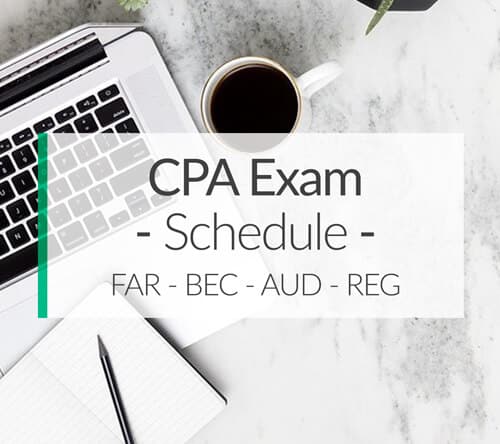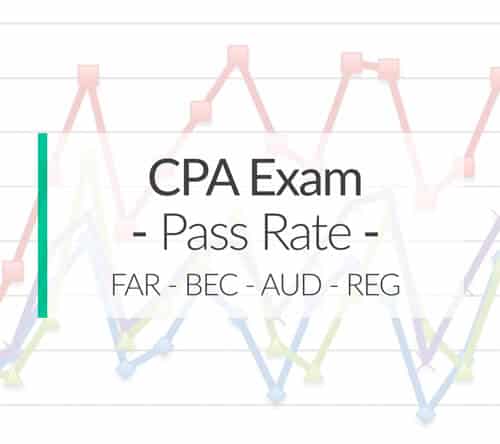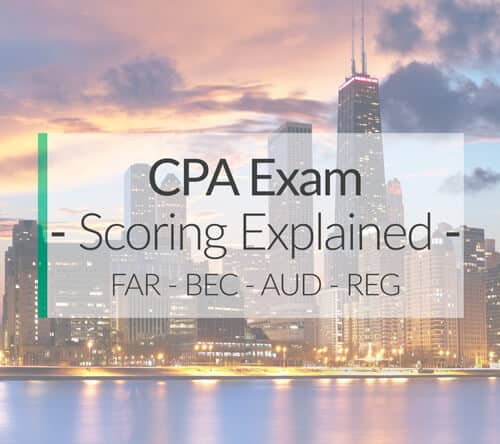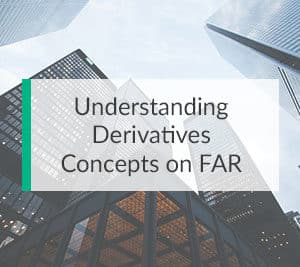
The FAR CPA exam typically requires the most study time for CPA candidates because it covers the most amount of information.
Two difficult topics for many students on the FAR exam are stock options and foreign currency transactions, which are finance concepts that can be hard to grasp.
Use the tips below to understand these two concepts and pass the FAR test with flying colors!
What Is A Derivative?
A derivative is defined as a financial security with a value that relies on the value of an underlying asset or group of assets. When you think of derivatives, think about a security that is “derived” from another asset.
Two frequently tested derivatives are stocks options and foreign currency hedging.
These topics are challenging for CPA candidates because accountants don’t work with financial securities on a regular basis. Furthermore, derivative topics are not heavily covered in accounting courses.
Here’s an example that may help explain the concept. Assume that Bob is retiring in a few months and is interested in buying land from Julie so that he can build a home on the land. Julie’s asking price is $100,000 but Bob will not have access to his retirement assets for three months.
Bob and Julie create a contract. Bob pays $500 for the exclusive right to buy Julie’s land for $100,000 in three months; if Bob chooses not to purchase the land, his option expires. Julie keeps the $500 payment whether Bob buys the land or not.
Bob’s land option is a derivative because the value of his option may increase if the value of the underlying land increases. If, for example, the value of Julie’s land increased to $120,000 in two months, the right to buy the land for $100,000 would be more valuable.
This same concept applies to most derivatives that are covered on the FAR test. Got it?
Stock Options
Stock options topics are frequently tested: specifically, stock options granted to employees as additional compensation.
Assume, for example, that Sally is the CFO of Standard Machine and that the Board of Directors grants her stock options on 100 shares of the company’s common stock. Sally is granted the option to purchase the shares at an exercise price of $25 per share and the current market price of the stock is $17 per share.
Incentive For Management
Stock options serve as an incentive for valuable employees like Sally. If Sally can work productively and make good business decisions, she can help the firm increase earnings and sales, which can also result in a higher stock price. Stock options motivate workers to stay at a company and to help the business perform well.
Three Outcomes
There are three possible outcomes for Sally’s stock options:
- Price below or at $25 per share: If the market price of the stock stays at or below the exercise price of $25 per share, Sally can’t profit from purchasing the stock. She may choose to wait until the price moves higher before exercising her options and buying the stock.
- Price above $25 per share: If the market price of the stock move up to $40 per share, for example, Sally can purchase the stock at $25 per share, and sell the shares at $40, earning a profit of $15 per share.
- Before option expiration: Every option contract has an expiration date, and the stock option owner’s right to purchase the shares at the exercise price expires on the expiration date. Sally may choose to exercise her options and buy the shares at $25, even if the market price of the stock is below $25. She purchases the shares and holds them, with the belief that, over time, the market price will increase above $25 per share.
Make sure that you understand this stock option scenario for the FAR test.
One of the most difficult topics on the CPA exam is the concept of foreign currency and how businesses can hedge foreign currency risk.
Consider this example:
Tony owns Crestview Mountain Bikes, a Colorado-based company that sells bikes in the US and Europe. Crestview ships bikes to shops in France and his Paris office manages sales and distribution.
Assume, for example, that the French division sells bikes worth 100,000 Euros in January and that the exchange rate is $0.80 US dollars to one Euro. When Crestview converts 100,000 Euros, the company receives $80,000 dollars.
In February, French division again sells bikes worth 100,000 Euros, and that the exchange rate is now $0.75 dollars to one Euro. When Crestview converts 100,000 Euro, the company receives only $75,000 dollars.
Crestview sold the same amount of bikes (measured in Euros), but loses $5,000 due to the currency exchange rate fluctuation. It’s concepts and scenarios like these that often trip up students taking the FAR test: don’t let them trip you up too!
Forward Contracts
To limit the foreign exchange losses, the bike company decides to hedge the risk that the value of the dollar declines. To do this, Crestview pays for a foreign currency option which is called a forward contract.
The US company pays a fee in order to exchange 100,000 Euros for $85,000 in April. Since Crestview consistently sells 100,000 Euros worth of bikes each month, the firm knows that it will need to convert 100,000 Euros into US dollars each month.
The cost of purchasing the forward contract is an additional expense for the company.
Two Outcomes
Once the forward contract is in place, Crestview has two choices in April:
- If the current exchange rate allows the business to convert 100,000 Euros into more than $85,000 in April, Crestview will convert Euros at the current exchange rate and not use the forward contract. If, for example, 100,000 Euros can be converted into $92,000 dollars, Crestview will exchange currency at the current rate.
- On the other hand, if the current exchange rate means that Crestview will receive less than $85,000 dollars, the company will use the forward contract to make the exchange. If the April exchange rate will only generate $72,000 dollars, for example, the firm will use the forward contract.
As you can see, a forward contract is a derivative, because the value of the contract depends on the current exchange rate.
Stop And Think
The FAR section of the CPA exam covers a great deal of ground, and you may feel pressured to move quickly through the questions.
However, it is very important that you slow down and read derivative questions closely. With careful thought, you can answer these questions correctly and pass the CPA FAR test. Good luck!






